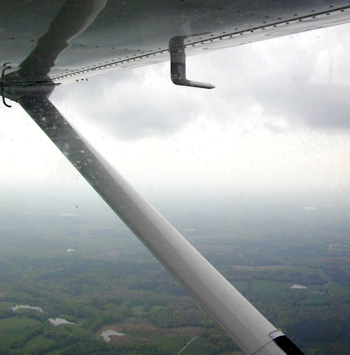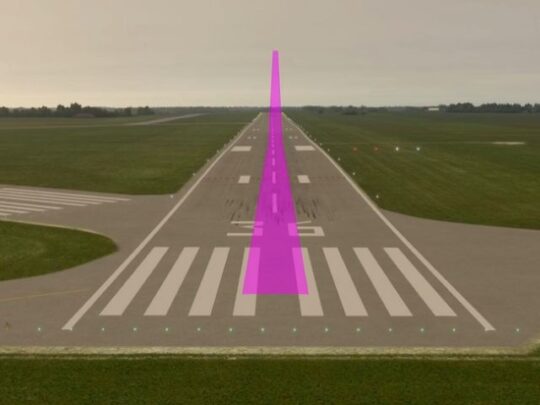Subscriber question:
"During a recent ILS approach, in the rain, while descending on the glideslope, I noticed that the indicated airspeed began decreasing slowly toward zero. All other instruments appeared normal. I maintained my power settings and descent rate and soon the airspeed returned to normal. Did I handle this correctly and what could cause this?"
- Lloyd F.
Wally:
 “This is a bad place to have an apparent instrument failure and my response to your question depends upon the weather. If the ceiling is well above minimums, I would likely continue as you did, but if conditions were low, I might be inclined to conduct a missed approach to further analyze the problem and my options.
“This is a bad place to have an apparent instrument failure and my response to your question depends upon the weather. If the ceiling is well above minimums, I would likely continue as you did, but if conditions were low, I might be inclined to conduct a missed approach to further analyze the problem and my options.
One item that could cause such a failure, of course, is pitot tube icing and anytime icing is possible the pitot heat should be on. Since you were flying in the rain, I suspect that water contaminated either your pitot or static system.
If your power setting was where it should be and your attitude and descent rate were good, this indicates an error in the airspeed indication system. All instrument pilots should know the approximate power settings and attitudes required to maintain various configurations for the aircraft they fly. This is just one of the reasons a pilot needs to be familiar with an aircraft before heading off in IFR conditions.
Another source of useful information could be the GPS groundspeed if available. Since the GPS only knows your ground speed, not your airspeed, you will need to consider any headwind or tailwind as well.”
Here’s a short video that shows you how to build a performance profile for your airplane.
Do you have specific attitude, power setting and airspeed profiles you use for climbs, descents, approaches, etc., in your airplane?

